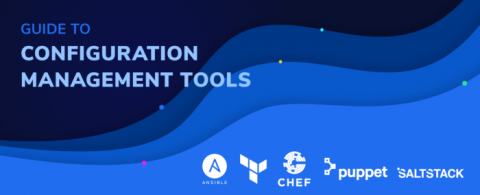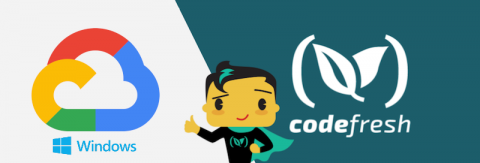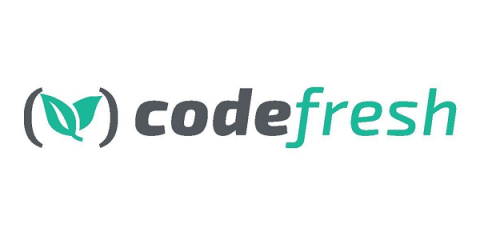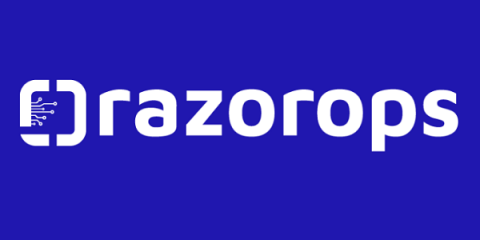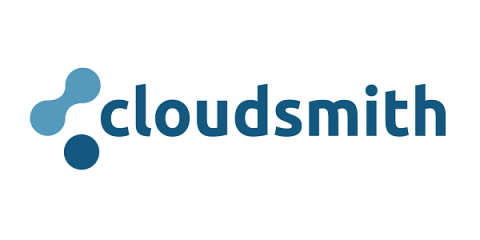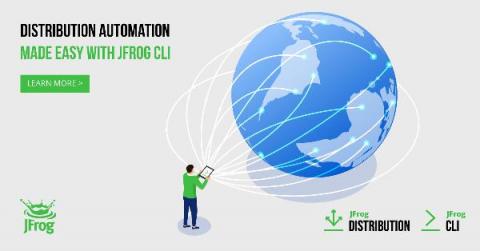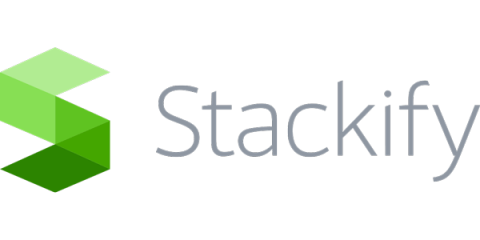Prevent unwanted changes with Sleuth deployment locking
Service alarms are going off and you are on the hook to restore stability, but you need to prevent any more changes to production while you dig further. You could "freeze" production by announcing it in the office, sending a message on Slack, or sending an email to the affected teams, but that may not be enough or may require extra work that would distract you from debugging and fixing the problem.



